Currently, international flights departing Australia have the greatest occupancy rates in history.
But the high numbers are primarily due to the fact that airlines have been slow to return in numbers to Australia, with capacity – or seats for sale – down 45 per cent on pre-pandemic numbers, while the existing airlines flying into Australia have boosted the rates to an unprecedented level.
Despite new BITRE data from the transport department, international air travel is slowly recovering from the pandemic.
The 2,095,503 travellers who entered the country in September were 40% less than the 3,496,774 who joined in the same month of 2019. However, September’s totals are 5% higher than August’s totals.
In comparison to 2019’s total of 4,307,590, there were just 2,398,759 seats for sale last month.
The latest research revealed, in terms of passenger carriage, Qantas had the highest share of the market in September 2022 with 17.6 per cent of the total, followed by Singapore Airlines with 12.3 per cent, Jetstar with 11.9 per cent, Air New Zealand with 9.7 per cent, and Emirates with 8.0 per cent.
In September of 2022, the combined market share of the Qantas Group (Qantas Airways and Jetstar) was 29.5%. The group’s percentage of total passenger carriage in September 2022 was 31.8 percent, up from 0% in September 2021 and 26.4 percent in September 2019. This was mainly due to the efforts of “Australian designated airlines” such as Qantas Airways, Jetstar, and Virgin Australia, which accounted for 31.8% of all passenger carriage that month. As of September 2021, they have a 0% market share, while in September 2019, they held 32.9%.
Despite competition from domestic airlines, Melbourne Airport saw a rise in its monthly foreign passenger numbers during the holiday season.
Comparing the months before and after the pandemic, overseas arrivals at Melbourne Airport increased by just 3%. In October, comparable to the same month in 2019, the company’s share of overseas traffic increased to 65% from 62%.
Melbourne’s sluggish recovery in international aviation lends credence to Brisbane Airport CEO Gert-Jan de Graaff’s forecast that total travel volumes won’t exceed 2019 levels until 2025.
Some countries are still closed or have restrictions, and airlines need time to get back up and running before people can feel safe flying again, he added. But I believe we will see volumes exceeding 2019 levels beginning in 2025 and beyond. Even if domestic travel is on the rise, it is rising slower than its international equivalent. We have recovered to around 50% of pre-COVID levels at this time.
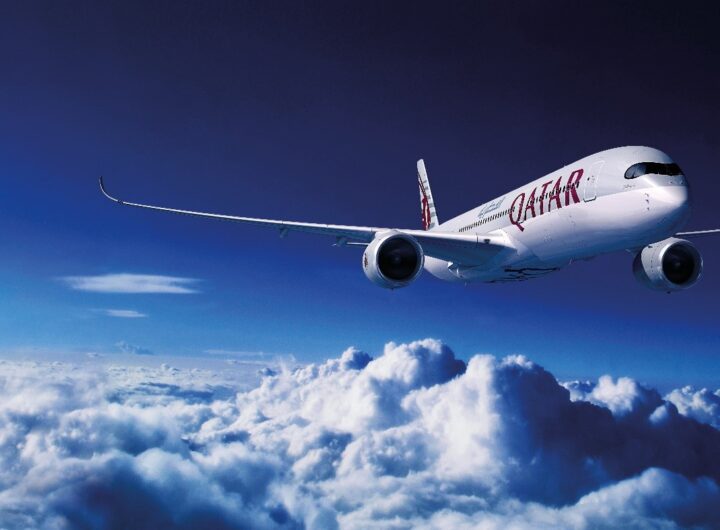 Qatar Airways Resumes Flights To Malta: Enhancing International Connectivity
Qatar Airways Resumes Flights To Malta: Enhancing International Connectivity  Turkish Airlines Crowned Best Airline in Europe for the Tenth Time
Turkish Airlines Crowned Best Airline in Europe for the Tenth Time 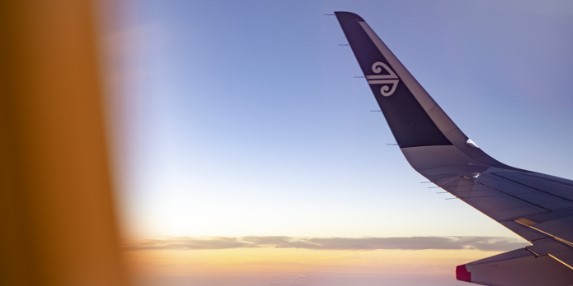 Taking on the Tasman: Air New Zealand Unleashes 1.7 Million Seats for Summer
Taking on the Tasman: Air New Zealand Unleashes 1.7 Million Seats for Summer 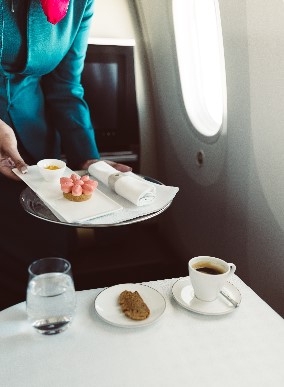 Oman Air Elevates In-Flight Dining with Exquisite Omani Rock Rose Dessert
Oman Air Elevates In-Flight Dining with Exquisite Omani Rock Rose Dessert  Cathay Pacific Elevates Inflight Dining with ‘Chinese Classics’ Menu
Cathay Pacific Elevates Inflight Dining with ‘Chinese Classics’ Menu 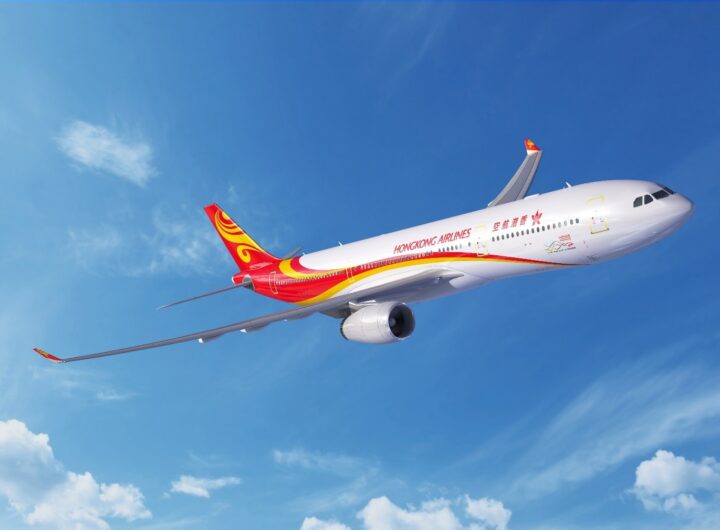 Hong Kong Airlines Set to Land in Sydney—And Travellers Reap the Rewards
Hong Kong Airlines Set to Land in Sydney—And Travellers Reap the Rewards  Viking Cruises Unveils 14 New Ocean Itineraries for 2026 & 2027
Viking Cruises Unveils 14 New Ocean Itineraries for 2026 & 2027 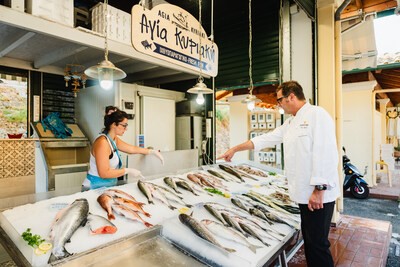 Seabourn Elevates Onboard Dining with New Menus and Local Flavours
Seabourn Elevates Onboard Dining with New Menus and Local Flavours 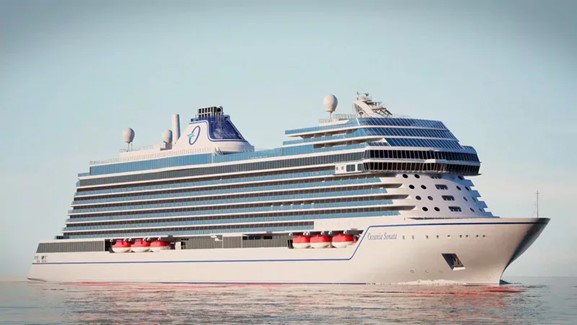 Oceania Cruises Marks a New Era with the Construction of the First Sonata Class Ship
Oceania Cruises Marks a New Era with the Construction of the First Sonata Class Ship 